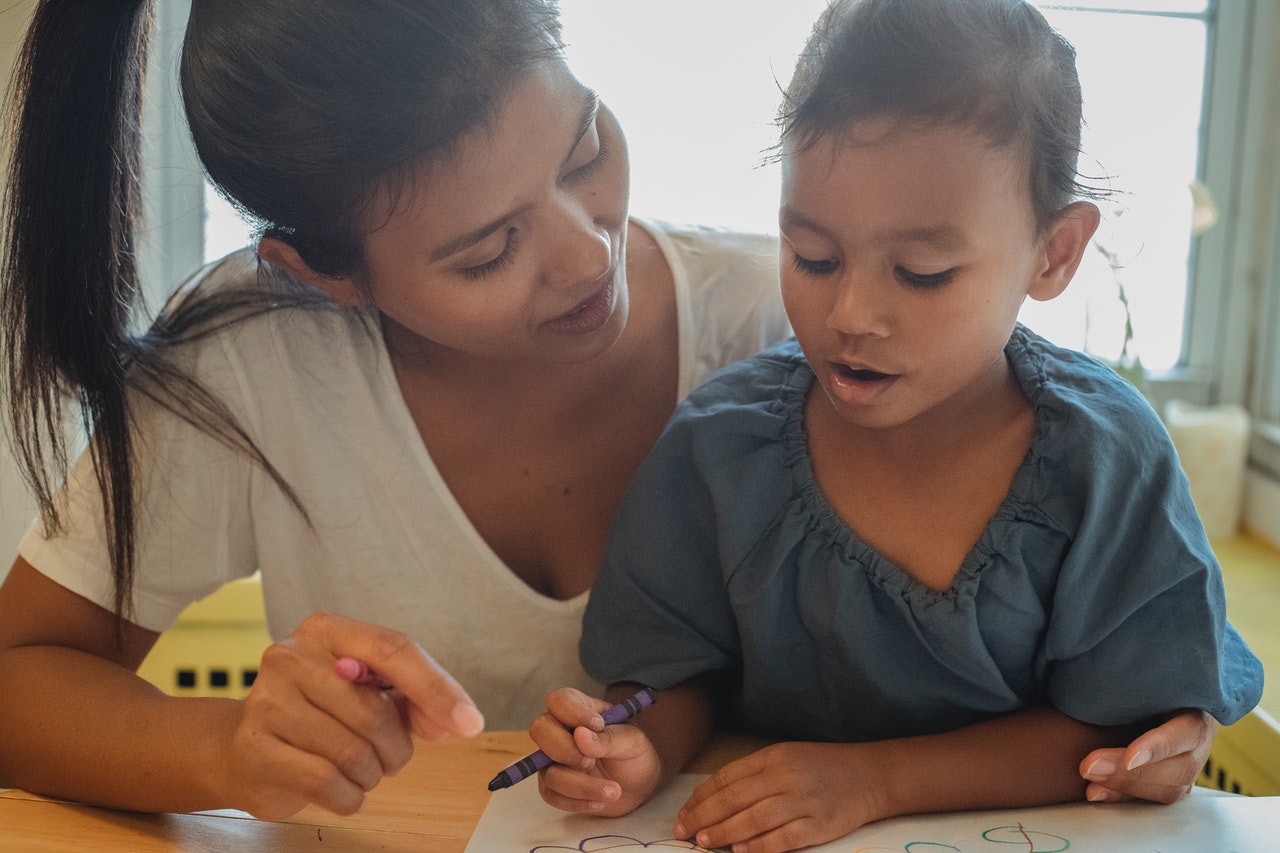5 Important Complex PTSD Symptoms that You Shouldn’t Ignore
Post-traumatic stress disorder, otherwise known as PTSD, affects about 8 million people each year in the United States.
While you may have heard of PTSD, there is another type called complex PTSD, or C-PTSD.
But what is the difference between C-PTSD and PTSD? What are come complex PTSD symptoms and how do they overlap with PTSD?
In this article, you’ll learn more about C-PTSD and what symptoms you need to be aware of.
What is Complex PTSD?
To start, PTSD is a mental condition that arises due to intense traumatic events such as a car accident, a death, war, sexual trauma, or other similar instances. PTSD doesn’t discriminate and affects people at any age, even children.
Complex PTSD is a bit more involved. There are different symptoms and the duration of C-PTSD is longer, known as chronic trauma. It’s more likely to occur if the person experiences repeated trauma, such as domestic violence, neglect, sexual abuse, or any other trauma that seems inescapable.
This is why C-PTSD is stronger in people when the trauma occurs in childhood because children may be under the supervision of a parent or caregiver who is causing the trauma.
While the DSM-5 does not acknowledge C-PTSD as a complete mental disorder, it does agree that there are other symptoms that need to be recognized that may indicate a greater level of PTSD. However, it is included in the ICD-11.
Complex PTSD Symptoms
There are many symptoms of PTSD and not everyone will experience the same ones. Symptoms may appear a month or so after the event, but some could take longer. Some of these symptoms may include:
- Nightmares
- Flashbacks
- Guilt
- Sweating
- Feeling sick
- Distrust of others
- Avoiding situations that remind you of the traumatic event
- Anxiety or hyper-arousal
While some or all of these symptoms are present in C-PTSD, there are additional symptoms that point to C-PTSD. Here’s a list of possible symptoms you might find in someone with C-PTSD.
1. Preoccupied With Abuser
The relationship between the person and their abuser is a toxic one, and it’s likely to remain that way.
A person with C-PTSD may be preoccupied with their abuser. This could mean having a distorted image of them, allowing them to have dominance or control over you, or possibly plotting revenge.
2. Consciousness and Detachment
Trauma actually changes the brain in areas like the hippocampus, amygdala, and prefrontal cortex. This can lead to a change in consciousness, meaning the person can actually forget the traumatic times.
It also includes feelings of detachment, in which you physically feel detached from your emotions. This type of detachment is called dissociation.
3. Difficulty Managing Emotions
The person may have difficulty managing their emotions. They may be prone to outbursts of anger, feelings of suicide, or extreme sadness. They may engage in self-destructive behaviors or isolate themselves from others.
4. Relationship Troubles
People with C-PTSD may find their relationships challenging, whether they’re in a new relationship or with family.
This is due to a lack of trust in people in general. The person may also search for someone to save them from their trauma or seek out a person similar to the abuser because they have no portrait of a healthy relationship.
5. Negative View of Self
Sadly, C-PTSD may result in a negative self-image. Because of the long-term trauma, those with C-PTSD do not view themselves in a positive, healthy light.
They likely have the same emotions similar to PTSD, but may have guilt, shame, feel helpless, or feel like they’re on a completely different planet than others. This makes it hard to connect with other people as well.
Remember, just as in PTSD, you may or may not have all of the symptoms associated with C-PTSD. It’s important to evaluate your symptoms and which ones appear and interfere with your life.
How is C-PTSD Diagnosed?
Because there’s no test for determining if someone has C-PTSD, it might be a little more difficult to pin down, especially since it’s newer to the mental-health world. However, your doctor can help you determine if there’s a diagnosis.
They may ask you to keep track of your symptoms and the severity of them. Then, the doctor may ask you about any traumatic events you’ve experienced and if you, or anyone in your family, have a history of mental health issues.
You may receive a diagnosis of PTSD, but if the trauma was chronic, they may diagnose you with C-PTSD.
Treatments and Management of C-PTSD
There are some treatments available for someone with C-PTSD, but it just depends on how severe the symptoms are and what symptoms are present.
A variety of medications are available to help control symptoms. Other therapies like cognitive processing therapy, holistic therapies, and eye movement desensitization and reprocessing also may provide some relief.
Supporting Those With C-PTSD
C-PTSD is difficult to understand for those who’ve not experienced trauma. But it’s a serious condition that needs to be dealt with gently. They may seem like a different person or reject any good thing or thought you try to help them with.
Though it’s sad, this is a normal part of C-PTSD.
Support groups exist for those that suffer from C-PTSD. Encourage the person to get help or therapy, and learn as much as you can about C-PTSD.
C-PTSD: There is Hope
Knowing complex PTSD symptoms can be helpful in differentiating between PTSD and C-PTSD. Because it’s a serious condition finding help sooner rather than later may result in a better quality of life.
Is someone you love suffering from C-PTSD? Our team of experts can help. Contact us today to learn more about our services.






